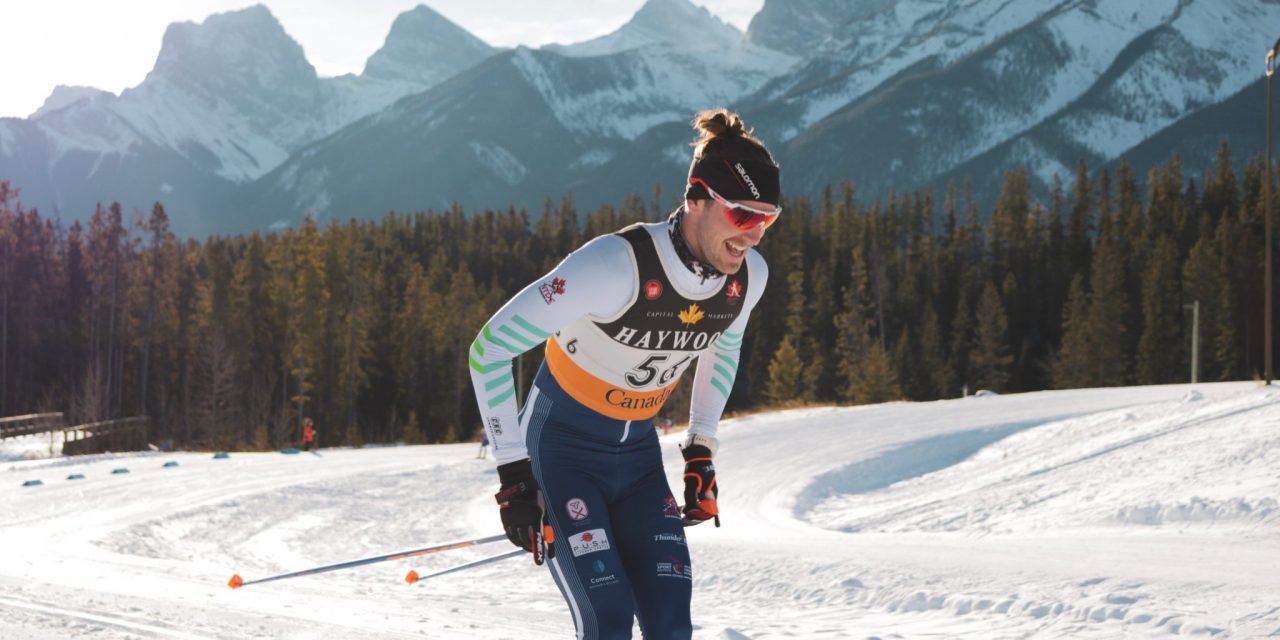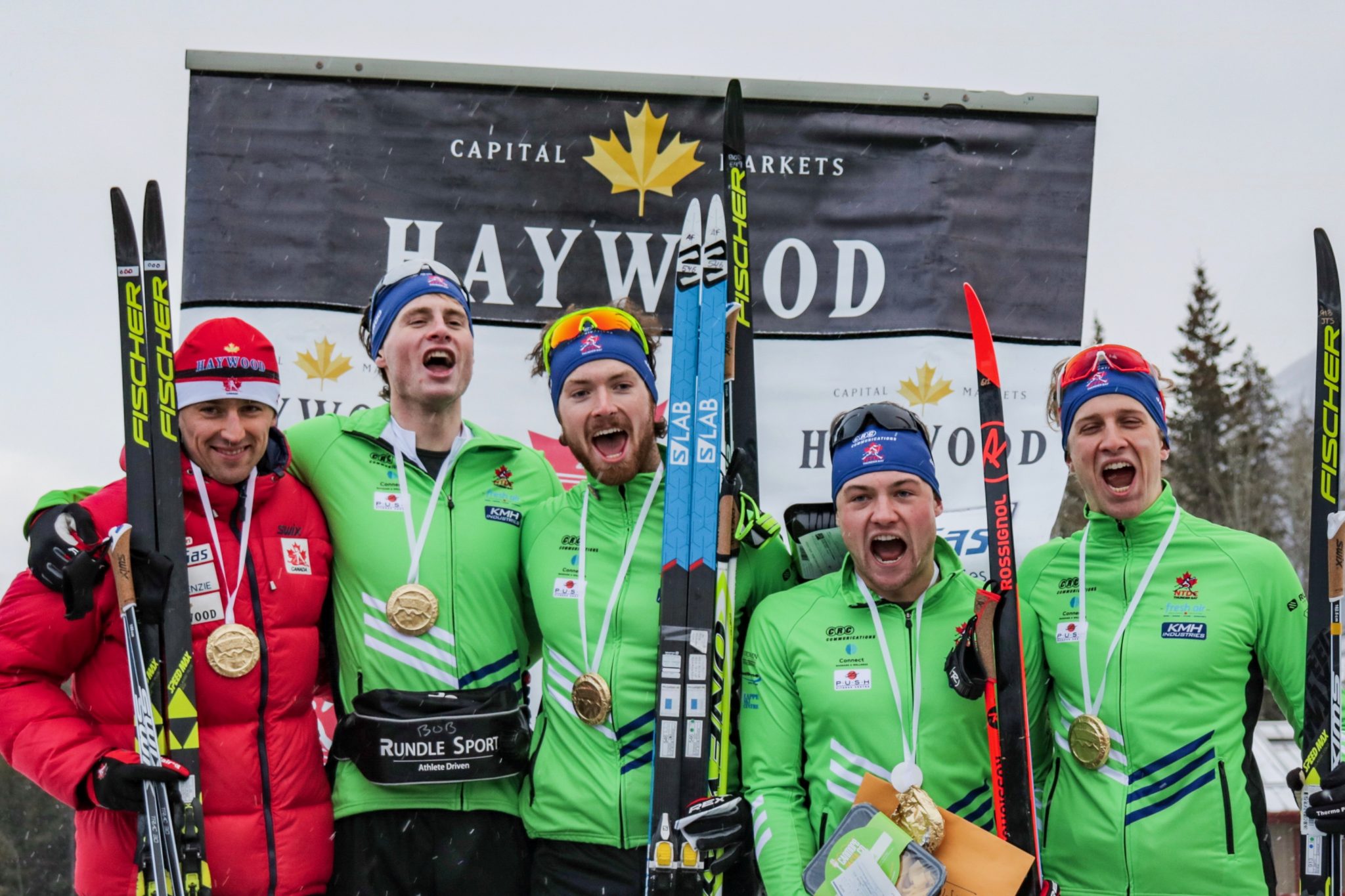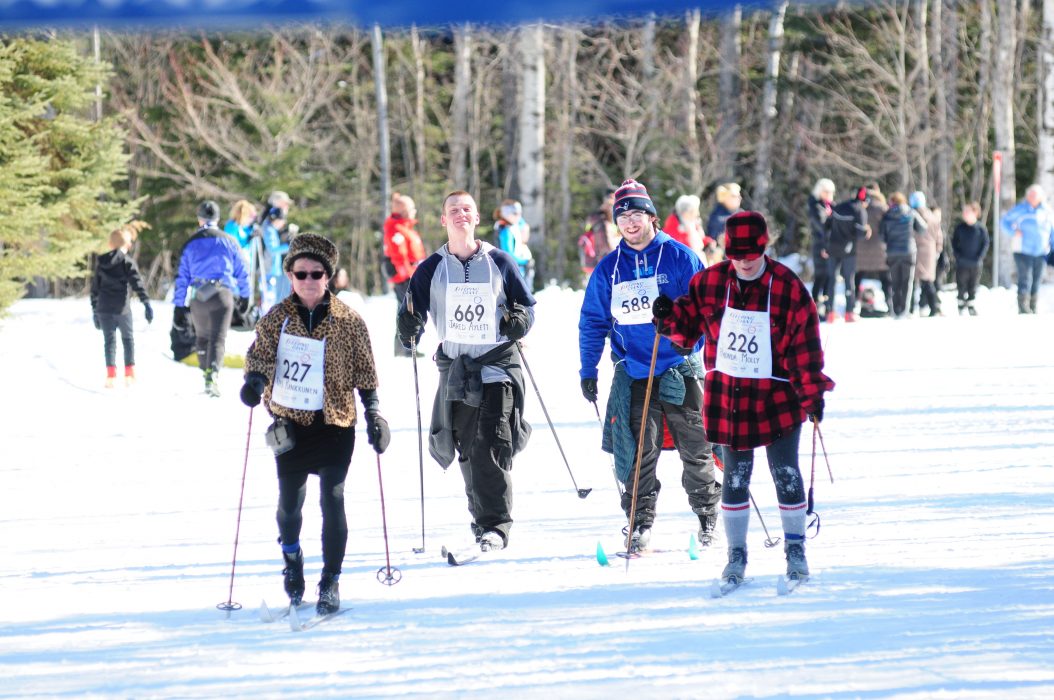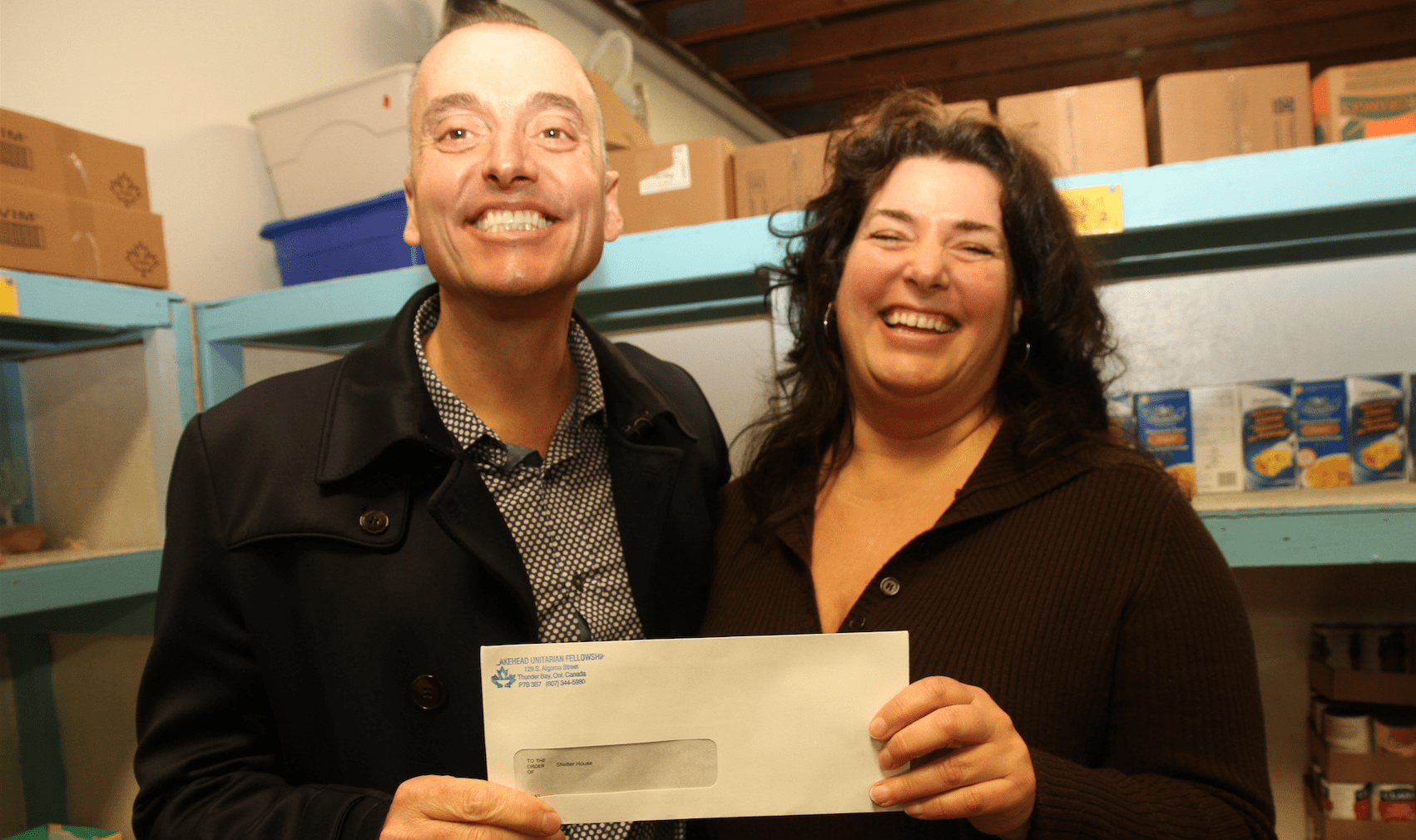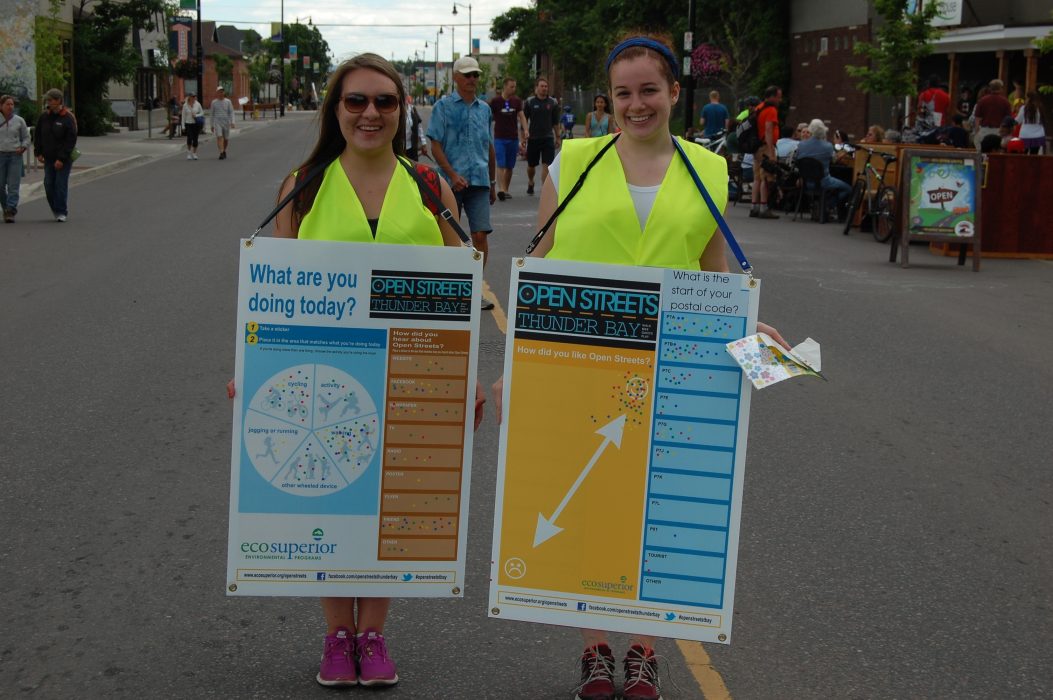By Julian Smith, National Team Development Centre
There is something calming and motivating about waking up every morning with a single and simple purpose: to become better than you were yesterday. From May 1 until mid November, that is how the cross-country skiers at the National Team Development Centre (NTDC) here in Thunder Bay start their days, so that they can best prepare themselves for the gruelling race season.
The first six and half months of every season are devoted to physically and mentally preparing for competition through rigorous and regimented training. The athletes do everything from fitness testing that has athletes dropping to the floor in pain to five-hour sessions pounding the pavement on roller skis for up to 70 kms, from tracking sleep and keeping nutritional logs to making goals for the upcoming race season. To these athletes—ranging from 18 to 27 years of age—cross-country skiing is their passion and purpose.
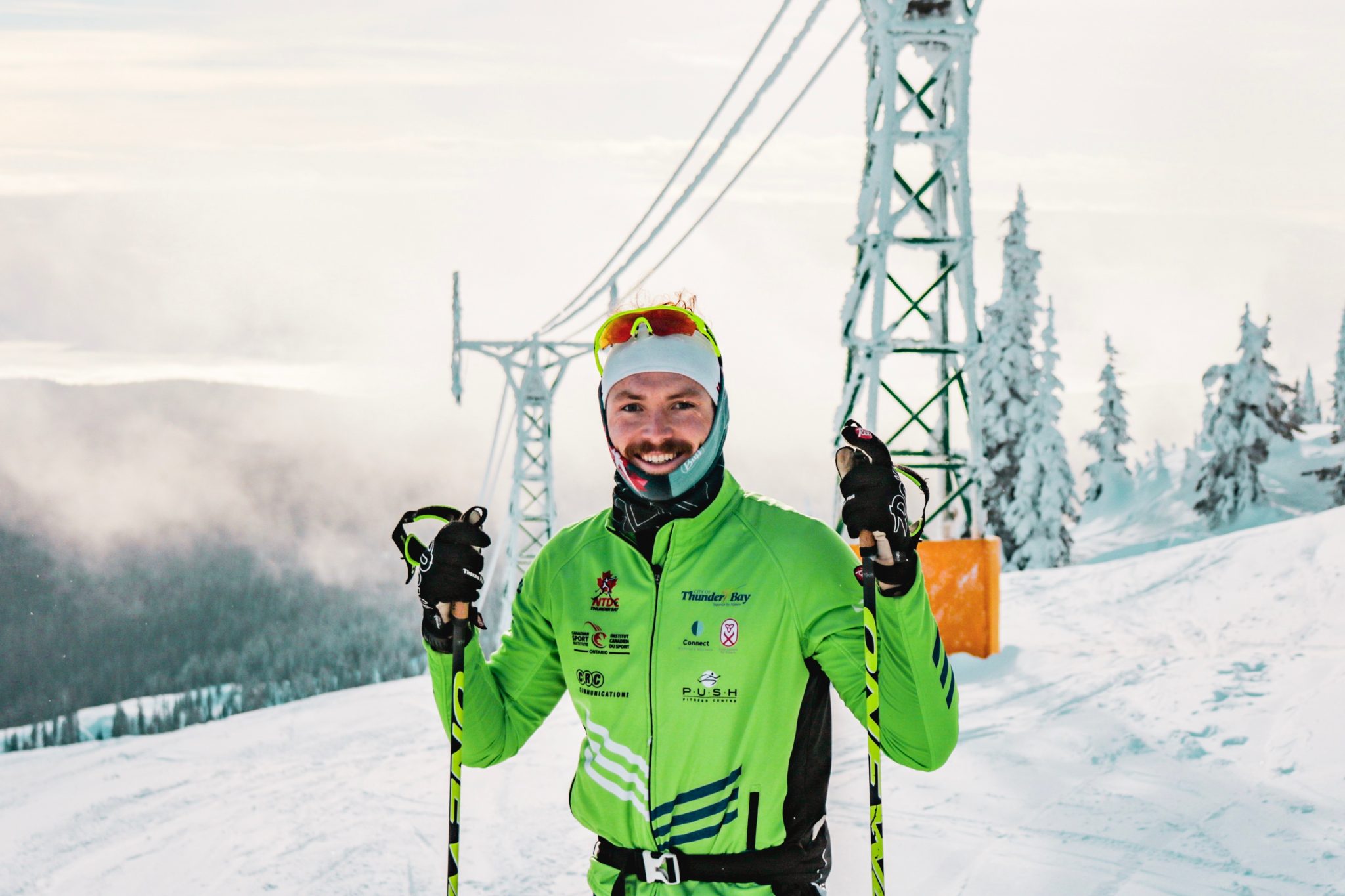
All of the work that goes in to becoming an elite skier could not be better showcased than when it comes to the race season. While a 15 km race only takes around 37 minutes, the hundreds of hours of training in the spring and summer months are hidden behind serious pain faces. It is clear just how much focus, determination, and hard work is put in prior to the snow flying when these athletes collapse at the finish line or smile atop the podium. There is no questioning how much pushing to the very limit, fighting for one’s goal, and making it to the top of the podium means to these elite individuals.
However, it is important to understand that the podium is a small place. Whether you are at a regional night race or World Championships, the podium remains the same size and athletes know that better than anyone. It is important to find joy and sustenance in day-to-day life as well as the people around you. For the NTDC athletes, being a team and supporting each other is of utmost importance. When weeks at a time are spent together on the road, living out of a duffle bag and going through the highs and lows of intense competition, being friends can make all of the difference. Sharing in the successes of others, motivating each other, and elevating the game of those around you is part of the culture that the athletes try to cultivate.
What a Season Looks Like
Training Season
- May 1 – Begin training and preparing for testing week in late May.
- June, July, and August – The focus is primarily fitness. This is obtained through volume and intensity training. Training ranges from 15 to 30 hours and one to two intensities a week, to 10 to 20 hours with three to five intensities a week.
- September, October, and November – These months are used to prepare athletes for going hard and fast. Workouts become shorter and more difficult. Lots of hill repeats and race simulations.
Race Season
- Racing begins in November with some low-key races, and then the team travels out west to begin the serious racing.
- The new year usually brings trials races, which are specific races that qualify the winners for higher level competitions (international events in Europe and Scandinavia)
- Racing in Canada and the United States continues through January and February.
- The season culminates, as far as serious racing in concerned, with Nationals, which are held in a different location every year and take place in mid-March.


